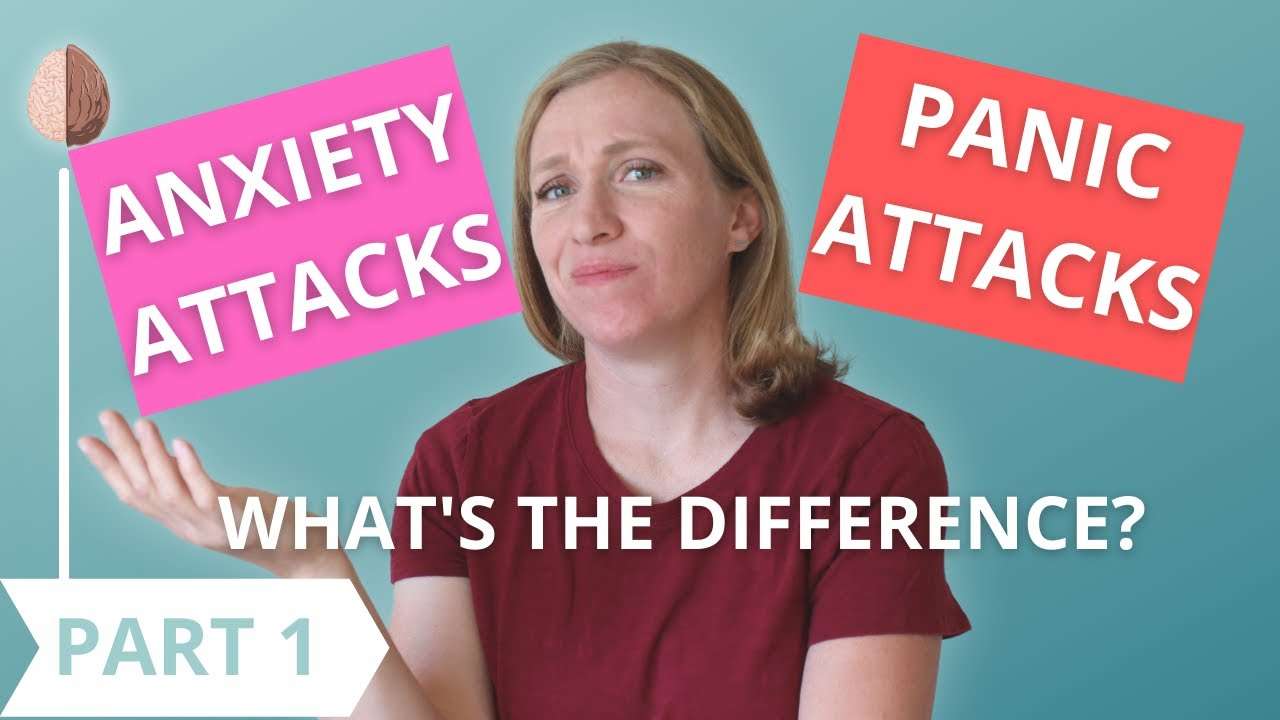Yoga: Fight stress and find serenity
Is yoga right for you? It is if you want to fight stress, get fit and stay healthy.
By Mayo Clinic Staff
Your mobile phone is ringing. Your boss wants to talk to you. And your partner wants to know what’s for dinner. Stress and anxiety are everywhere. If they’re getting the best of you, you might want to hit the mat and give yoga a try.
Yoga is a mind-body practice that combines physical poses, controlled breathing, and meditation or relaxation. Yoga may help reduce stress, lower blood pressure and lower your heart rate. And almost anyone can do it.
Understanding yoga
Multimedia

Yoga pose
Yoga is considered one of many types of complementary and integrative medicine approaches. Yoga brings together physical and mental disciplines that may help you achieve peacefulness of body and mind. This can help you relax and manage stress and anxiety.
Yoga has many styles, forms and intensities. Hatha yoga, in particular, may be a good choice for stress management. Hatha is one of the most common styles of yoga, and beginners may like its slower pace and easier movements. But most people can benefit from any style of yoga — it’s all about your personal preferences.
The core components of hatha yoga and most general yoga classes are:
- Poses. Yoga poses, also called postures, are a series of movements designed to increase strength and flexibility. Poses range from simple to difficult. In a simple post, you might lie on the floor while completely relaxed. A difficult posture may have you stretching your physical limits.
- Breathing. Controlling your breathing is an important part of yoga. Yoga teaches that controlling your breathing can help you control your body and quiet your mind.
- Meditation or relaxation. In yoga, you may incorporate meditation or relaxation. Meditation may help you learn to be more mindful and aware of the present moment without judgment.
The health benefits of yoga
The potential health benefits of yoga include:
- Stress reduction. A number of studies have shown that yoga may help reduce stress and anxiety. Yoga can enhance your mood and overall sense of well-being. Yoga might also help you manage your symptoms of depression and anxiety that are due to difficult situations.
- Improved fitness. Practicing yoga may lead to improved balance, flexibility, range of motion and strength.
- Management of chronic conditions. Yoga can help reduce risk factors for chronic diseases, such as heart disease and high blood pressure. Yoga may also help manage low back pain, neck pain and menopause symptoms. Yoga might also help relieve symptoms of several chronic conditions, such as pain, chronic obstructive pulmonary disease (COPD), asthma, arthritis and insomnia.
Yoga precautions
Yoga is generally considered safe for most healthy people when practiced under the guidance of a trained instructor. But there are some situations in which yoga might pose a risk.
See your doctor before you begin yoga if any of the following apply to you:
- A herniated disk
- A risk of blood clots
- Eye conditions, including glaucoma
- Pregnancy — although yoga is generally safe during pregnancy, certain poses should be avoided
- Severe balance problems
- Severe osteoporosis
- Uncontrolled blood pressure
You may be able to practice yoga in these situations if you take precautions, such as avoiding certain poses or stretches. If you develop symptoms, such as pain, or have concerns, see your doctor to make sure you’re getting benefit and not harm from yoga.
Getting started
Although you can learn yoga from books and videos, beginners usually find it helpful to learn with an instructor. Classes also offer camaraderie and friendship, which are also important to overall well-being.
When you find a class that sounds interesting, talk with the instructor so that you know what to expect. Questions to ask include:
- What are the instructor’s qualifications? Where did he or she train and how long has he or she been teaching?
- Does the instructor have experience working with students with your needs or health concerns? If you have a sore knee or an aching shoulder, can the instructor help you find poses that won’t aggravate your condition?
- How demanding is the class? Is it suitable for beginners? Will it be easy enough to follow along if it’s your first time?
- What can you expect from the class? Is it aimed at your needs, such as stress management or relaxation, or is it geared toward people who want to reap other benefits?
Achieving the right balance
Every person has a different body with different abilities. You may need to modify yoga postures based on your individual abilities. Your instructor may be able to suggest modified poses. Choosing an instructor who is experienced and who understands your needs is important to safely and effectively practice yoga.
Regardless of which type of yoga you practice, you don’t have to do every pose. If a pose is uncomfortable or you can’t hold it as long as the instructor requests, don’t do it. Good instructors will understand and encourage you to explore — but not exceed — your personal limits.
There is a problem with information submitted for this request. Review/update the information highlighted below and resubmit the form.
From Mayo Clinic to your inbox
Sign up for free, and stay up to date on research advancements, health tips and current health topics, like COVID-19, plus expertise on managing health.
ErrorEmail field is required
ErrorInclude a valid email address
To provide you with the most relevant and helpful information, and understand which information is beneficial, we may combine your email and website usage information with other information we have about you. If you are a Mayo Clinic patient, this could include protected health information. If we combine this information with your protected health information, we will treat all of that information as protected health information and will only use or disclose that information as set forth in our notice of privacy practices. You may opt-out of email communications at any time by clicking on the unsubscribe link in the e-mail.
Thank you for subscribing!
You’ll soon start receiving the latest Mayo Clinic health information you requested in your inbox.
Sorry something went wrong with your subscription
Please, try again in a couple of minutes
- Yoga: What you need to know. National Center for Complementary and Integrative Health. https://www.nccih.nih.gov/health/yoga-what-you-need-to-know. Accessed Dec. 10, 2020.
- AskMayoExpert. Yoga. Mayo Clinic; 2019.
- Selectively and using a yoga program. American College of Sports Medicine. https://www.acsm.org/read-research/resource-library. Dec. 10, 2020.
- 6 things to know when selecting a complementary health practitioner. National Center for Complementary and Integrative Health. https://www.nccih.nih.gov/health/tips/things-to-know-when-selecting-a-complementary-health-practitioner. Accessed Dec. 10, 2020.
- Goldman L, et al., eds. Complementary, alternative, and integrative medicine. In: Goldman-Cecil Medicine. 26th ed. Elsevier; 2020. https://www.clinicalkey.com. Accessed Dec. 10, 2020.
- Yoga for health (eBook). National Center for Complementary and Integrative Health. https://www.nccih.nih.gov/health-info/yoga-for-health-ebook. Accessed Dec. 10, 2020.
See more In-depth
Yoga has long been known to be a great antidote to stress. Yoga combines many popular stress-reducing techniques, including exercise and learning to control the breath, clear the mind, and relax the body. As yoga becomes increasingly popular, more and more people are discovering the benefits this ancient practice brings to their stressful lives. Establishing a consistent yoga routine is the best way to experience the difference yoga can make. Start with a stress management yoga routine that is intended for beginners who think they don’t have time for yoga.
Exercise
Hatha Yoga is the physical practice of yoga postures. There are many different types of hatha yoga: some are slow and more focused on stretching, others are fast and more of a workout. If you are looking to relieve stress, no one yoga style is superior, so pick one that meets your level of physical fitness and personality. Any exercise will help relieve stress by keeping the body healthy and releasing endorphins, natural hormones that make you feel better. Yoga also relieves stress through stretching.
When you are stressed, tension is stored in the body making you feel tight and often causing pain.
The stretching of yoga releases tension from problem areas, including the hips and shoulders. Relief of low back pain is another common benefit.
Breath Control
Pranayama, or breath work, is an important part of any yoga practice and one that translates well to life off the mat. At the very least, yoga increases your awareness of the breath as a tool for relaxing the body. Although breathing is an involuntary act (you have to keep doing it to stay alive), you can choose to regulate the breath. Just learning to take deep breaths and realizing that this can be a quick way to combat stressful situations is amazingly effective.
Clearing the Mind
Our minds are constantly active, racing from one thought to another, spinning possible scenarios for the future, dwelling on incidents from the past. All this mind work is tiring and stressful.
Yoga offers several techniques for taming the monkey mind. One is breath work, as outlined above. Each breath is tied inextricably to the present moment; you are not breathing in the past or the future, but only right now. Focusing on each inhale and exhale to the exclusion of other thoughts is one way to clear the mind, It is also a basic meditation technique. In addition, the performance of yoga poses, or asanas, also acts as a form of meditation. The poses are so physical and have to be done with such concentration, that all other thoughts and worries are put to the side, giving your brain a much-needed break.
Press Play for Advice On Getting Exercise
Hosted by Editor-in-Chief and therapist Amy Morin, LCSW, this episode of The Verywell Mind Podcast shares how physical activity can boost your mental strength. Click below to listen now.

Follow Now : Apple Podcasts / Spotify / Google Podcasts
Relaxation
Each yoga sessions ends with five to ten minutes spent relaxing in corpse pose – savasana. While this enforced relaxation can be difficult at first, eventually it serves the purpose of a total release for both body and mind. Savasana transitions you back into the world feeling refreshed and equipped with the tools to combat stress in your daily life. Yoga Nidra is a practice that offers an opportunity for a longer, deeper period of relaxation and an introduction to meditation, which can also be a great stress reducer.



